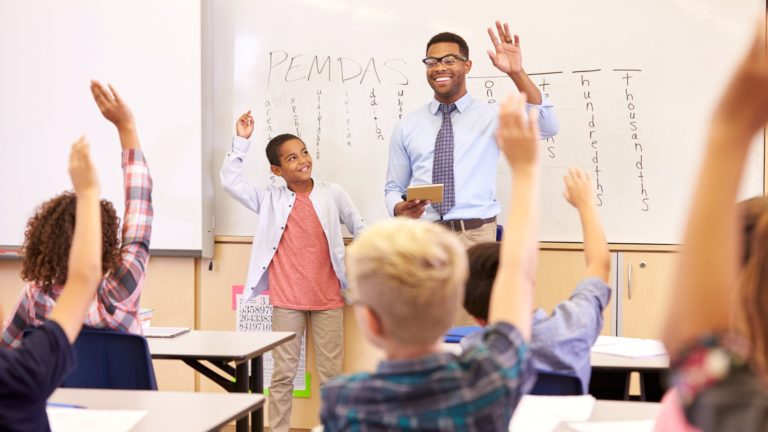The Role of Arts and Creativity in Education
Education is a multifaceted journey that extends beyond the acquisition of knowledge and factual information. The integration of arts and creativity in education plays a pivotal role in fostering holistic development, critical thinking, and the nurturing of well-rounded individuals. This article explores the significance of incorporating arts and creativity into the educational landscape and the manifold benefits it brings to students.
Table of Contents
Promoting Critical Thinking and Problem-Solving Skills:
Arts education encourages students to think critically and solve problems in innovative ways. Whether through visual arts, music, or drama, engaging in creative processes requires individuals to analyze situations, consider multiple perspectives, and develop unique solutions.
These skills are transferable to various academic disciplines and real-life scenarios, contributing to the development of well-rounded and adaptable individuals.
Enhancing Cognitive Development:
Participating in artistic activities has been linked to enhanced cognitive development, particularly in areas such as memory, attention, and spatial skills. For example, learning to play a musical instrument or engage in visual arts stimulates neural connections and strengthens the brain’s capacity to process information.
The cognitive benefits derived from arts education extend beyond the arts themselves, positively influencing academic performance and cognitive abilities.
Encouraging Self-Expression and Communication:
The arts provide a powerful platform for self-expression. Whether through painting, writing, dance, or theater, students can communicate their thoughts, emotions, and experiences in unique ways. This fosters a sense of individuality and self-awareness, allowing students to express themselves authentically. Additionally, the ability to convey ideas creatively enhances communication skills, a crucial aspect of personal and professional success.
Cultivating Emotional Intelligence:
Artistic expression nurtures emotional intelligence by encouraging individuals to explore and understand their emotions. Engaging with the arts allows students to express a wide range of feelings, fostering self-awareness and empathy. This emotional intelligence is valuable not only for personal growth but also for navigating interpersonal relationships and collaborating effectively with others.
Fostering Cultural Appreciation and Global Awareness:
Arts education introduces students to diverse cultural perspectives and traditions. Through exposure to various forms of artistic expression from different cultures, students gain an appreciation for diversity and develop a global mindset. This cultural awareness is essential in preparing students to be informed, open-minded citizens in an interconnected world.
Building Confidence and Resilience:
Participating in the arts builds confidence by providing students with opportunities for success and recognition. Whether it’s a successful performance, an art exhibition, or the completion of a creative project, these accomplishments contribute to a sense of achievement. Moreover, navigating the creative process, which often involves experimentation and iteration, teaches resilience and perseverance in the face of challenges.
Integration with STEM Education: STEAM Approach:
The integration of arts into STEM (Science, Technology, Engineering, and Mathematics) education has given rise to the STEAM approach. Recognizing the complementary nature of arts and STEM disciplines, this approach emphasizes the importance of creativity in solving complex problems.
By incorporating arts into STEM education, students develop a more comprehensive skill set that prepares them for the demands of the modern workforce, where creative thinking is highly valued.
Preparation for the Creative Economy:
As the global economy continues to evolve, there is a growing demand for individuals with creative skills. The creative economy, encompassing industries such as design, media, and technology, values innovation and original thinking. Arts education plays a vital role in preparing students for careers in these fields by fostering creativity, critical thinking, and a capacity for interdisciplinary collaboration.
Conclusion:
Incorporating arts and creativity into education is not merely an aesthetic choice but a fundamental aspect of nurturing well-rounded individuals equipped for the complexities of the 21st century. The role of arts in education extends beyond the confines of the classroom, influencing personal growth, societal engagement, and the cultivation of a creative mindset essential for success in various aspects of life.
As educational paradigms continue to evolve, recognizing and embracing the transformative power of arts and creativity becomes increasingly crucial for fostering a generation of innovative thinkers and lifelong learners.






